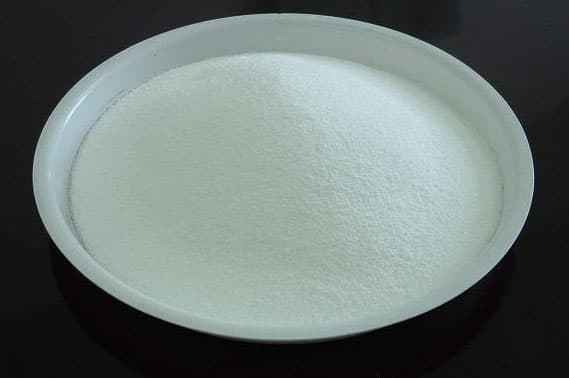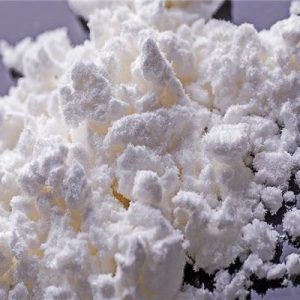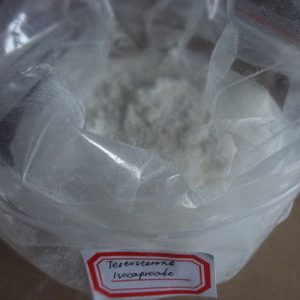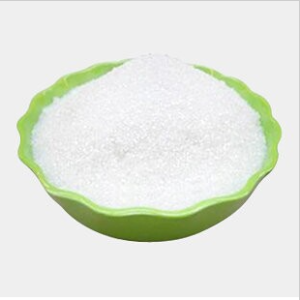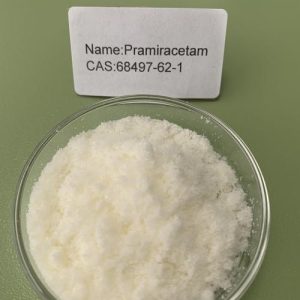It is an oral, potent lipid-lowering drug that inhibits the absorption of cholesterol, thereby lowering cholesterol. After oral administration, ezetimibe tablets will be adsorbed on the edge of the small intestinal villi brushes, inhibiting the small intestinal cholesterol transport protein and reducing the transport of cholesterol from the small intestine to the liver, thereby reducing plasma cholesterol levels and liver cholesterol reserves.
In clinical practice, ezetimibe tablets can be used alone as a lipid-lowering drug, or can be flexibly combined with a variety of statin single-ingredient preparations. If ezetimibe tablets are used in combination with statins, or ezetimibe compound preparations form a dual-action mechanism of blood lipid regulation medication regimen, the dose of statins can be reduced, helping to reduce the adverse reactions of statins. However, it should be noted that the drug must be used under the guidance of a doctor to avoid delaying the treatment of the disease or even aggravating the disease due to self-intake errors.
Ezetimibe Dosage
It is primarily used to treat primary hypercholesterolemia and other related conditions. It can help reduce the absorption of cholesterol in the small intestine, thereby lowering cholesterol levels in the blood. Doctors usually recommend taking 10 mg by mouth once a day. You can choose to take it with or before a meal, and it doesn’t require a special schedule.
If you are a high cholesterol patient and considering using Ezetimibe, it is recommended to consult your doctor first to make the right choice for your health condition. In terms of diet, it is also very important to reasonably control fat intake and increase the proportion of vegetables and fruits. Meanwhile, adding appropriate exercises and enhancing workouts can help control cholesterol better.
Ezetimibe Side Effects
Common side effects of Ezetimibe include upper respiratory tract infection, diarrhea and joint pain. While most side effects are mild, it is important to notify your doctor if you experience serious muscle damage or abnormal liver function. Especially when used in combination with statins, liver function and creatine phosphokinase (CPK) levels need to be tested regularly as a precaution.
Ezetimibe powder Chemical Properties
Melting point 164-166°C
alpha D22 -33.9° (c = 3 in methanol)
Boiling point 654.9±55.0 °C(Predicted)
density 1.334±0.06 g/cm3(Predicted)
storage temp. 2-8°C
solubility Soluble in DMSO (up to 25 mg/ml) or in Ethanol (up to 15 mg/ml)
pka 9.72±0.30(Predicted)
form powder
color White or off-white
BCS Class 2
Stability: Stable for 2 years from date of purchase as supplied. Solutions in DMSO or ethanol may be stored at -20°C for up to 3 months.
InChI InChI=1S/C24H21F2NO3/c25-17-5-1-15(2-6-17)22(29)14-13-21-23(16-3-11-20(28)12-4-16)27(24(21)30)19-9-7-18(26)8-10-19/h1-12,21-23,28-29H,13-14H2/t21-,22+,23-/m1/s1
InChIKey OLNTVTPDXPETLC-XPWALMASSA-N
SMILES N1(C2=CC=C(F)C=C2)[C@H](C2=CC=C(O)C=C2)[C@@H](CC[C@@H](C2=CC=C(F)C=C2)O)C1=O
CAS DataBase Reference 163222-33-1(CAS DataBase Reference)
EPA Substance Registry System 2-Azetidinone, 1-(4-fluorophenyl)-3-[(3S)-3-(4-fluorophenyl)-3-hydroxypropyl]-4-(4-hydroxyphenyl)-, (3R,4S)- (163222-33-1)
More Introduction:https://en.wikipedia.org/wiki/Ezetimibe

